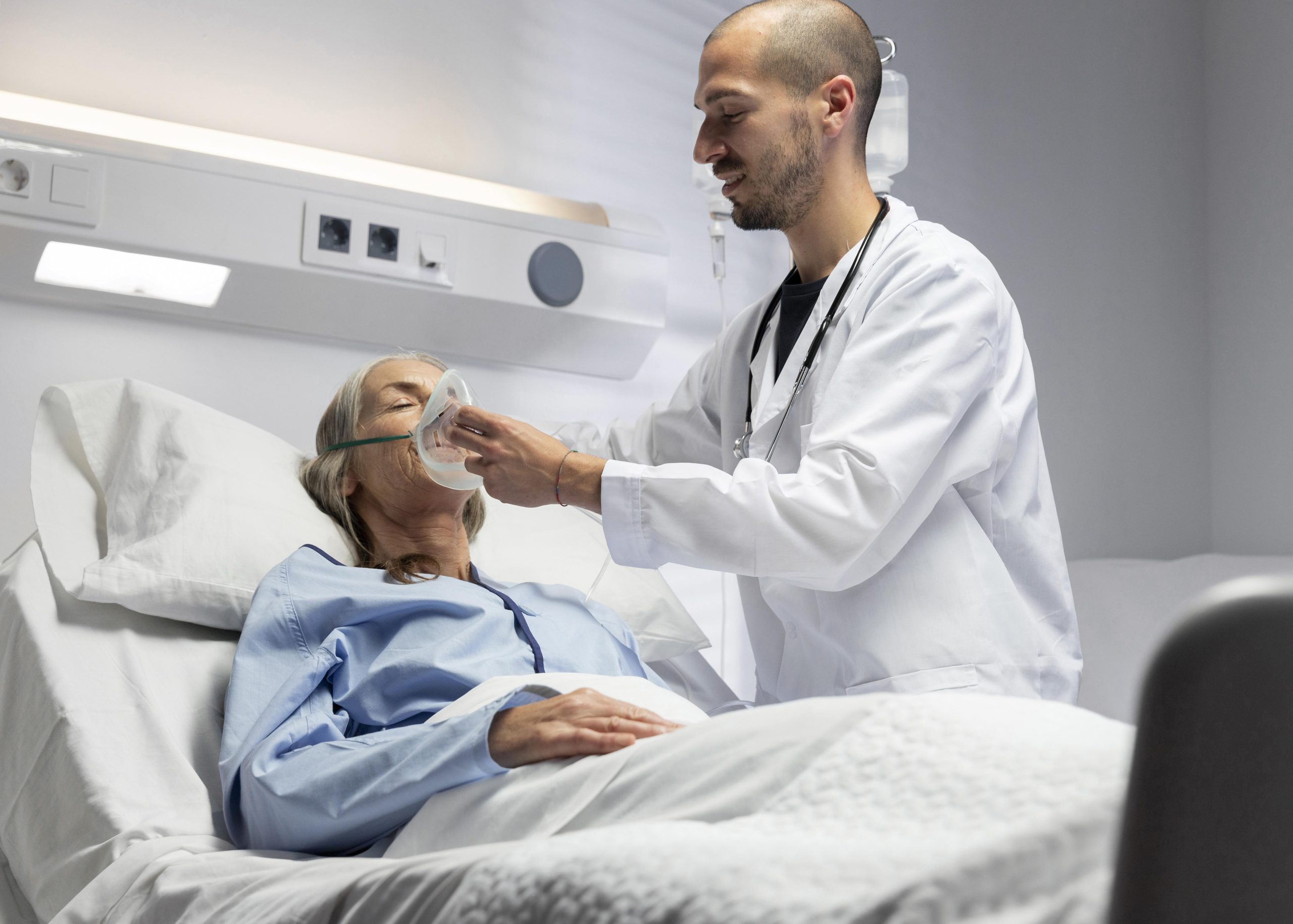Fire Safety in Dental and Healthcare Facilities: Choosing the Right Fire Extinguishers
Patient care is at the heart of every dental and healthcare facility — but delivering that care safely requires more than clinical expertise. Facilities must also be prepared for emergencies, including the risk of fire. While smoke detectors and evacuation plans are standard, the correct use of fire extinguishers is a critical, often overlooked, component of fire safety.
In this article, we explore how fire extinguishers play a vital role in dental and medical office safety, the specific risks these environments face, and how to choose the right extinguishers for different clinical settings.
Why Fire Safety Matters in Healthcare Settings
Healthcare environments face unique challenges when it comes to fire safety:
- High Occupancy: Patients, staff, and visitors are often present throughout the day.
- Vulnerable Populations: Patients may have limited mobility or health issues that make evacuation difficult.
- Sensitive Equipment: Dental imaging machines, oxygen tanks, and electrical devices are essential — and can be fire risks if not managed properly.
- Regulatory Requirements: Healthcare facilities must adhere to strict fire codes and standards to maintain their licenses and insurance.
A small fire incident, if uncontained, can lead to:
- Patient injury or panic
- Evacuation of treatment areas
- Equipment loss
- Costly downtime and cleanup
Properly installed and maintained fire extinguishers can make the difference between a minor interruption and a serious safety crisis.
Common Fire Risks in Dental and Medical Offices
- Electrical Fires: From dental chairs to X-ray machines and sterilizers, faulty wiring or overused outlets can spark a fire.
- Flammable Materials: Alcohol-based sanitizers, oxygen tanks, and anesthetic gases add to fire risk.
- Heating Devices: Portable heaters or wax-melting tools used in dental practices can overheat.
- Kitchenettes: Break rooms with microwaves and toasters also present standard cooking fire hazards.
Identifying these risks is the first step toward choosing the right type of fire extinguisher for each area.
Types of Fire Extinguishers and Their Healthcare Applications
Different fire classes require specific extinguisher types. Here’s what healthcare facilities should consider:
| Fire Class | Common Source | Recommended Extinguisher | Use Area |
|---|---|---|---|
| Class A | Paper, wood, fabric | Water or Foam | Waiting rooms, admin offices |
| Class B | Flammable liquids | CO₂ or Dry Chemical | Maintenance closets, storage rooms |
| Class C | Electrical fires | CO₂ or Dry Chemical | Exam rooms, imaging suites, equipment storage |
| Class K | Kitchen fires | Wet Chemical | Break rooms or clinic kitchens |
Using the wrong extinguisher type can worsen a fire or damage sensitive equipment. This is why selecting the correct fire extinguishers tailored to specific risks is crucial.
Fire Safety Compliance in Canadian Healthcare Facilities
Healthcare providers in Canada must follow strict safety standards, such as:
- National Fire Code of Canada – Regulations on extinguisher types, placement, and inspections
- CSA Z317.13 – Infection control during construction and maintenance (impacted by fire safety measures)
- Local Fire Marshal Inspections – Regular audits for compliance and emergency preparedness
Compliance includes:
- Proper placement (visible, unobstructed, and mounted appropriately)
- Annual professional inspection and monthly checks
- Staff training on use and response protocols
Case Example: Fire Contained in Dental Office Equipment Room
In a Mississauga dental clinic, an electrical fire broke out in a small storage area where dental equipment was charging. Thanks to a nearby Class C extinguisher and a trained hygienist, the fire was extinguished within minutes. The clinic resumed operations that afternoon, avoiding evacuation and equipment loss.
This scenario underscores the importance of preparedness and fast action in clinical settings.
Best Practices for Fire Safety in Healthcare Environments
Assess Risks in Each Room
- Identify heat sources, flammable items, and electrical load.
- Map out high-risk areas for targeted extinguisher placement.
Choose the Right Extinguishers
- Use certified, healthcare-grade fire extinguishers.
- Match extinguisher type to specific room function and hazards.
Train Your Team
- Conduct hands-on training for all clinical and support staff.
- Refresh fire safety protocols quarterly.
Schedule Routine Maintenance
- Check pressure gauges monthly.
- Schedule annual inspections with certified fire safety providers.
- Replace or recharge used or expired units immediately.
Conclusion
Fire preparedness in healthcare isn’t optional — it’s a foundational part of maintaining a safe and compliant environment. Whether in a solo dental practice or a multi-provider medical clinic, ensuring the right fire extinguishers are installed, accessible, and maintained can prevent tragedy, protect your patients, and reduce costly disruptions.
By investing in proper extinguishers and staff training, healthcare providers show their commitment to safety, professionalism, and peace of mind.
Resources
- Herbert Williams – Fire Extinguishers & Equipment
- Canadian Centre for Occupational Health and Safety: Fire Safety
- Public Health Agency of Canada – Facility Safety Guidelines
Disclaimer: This article is intended for general informational purposes and does not replace professional medical or fire safety advice. Always consult certified safety professionals for facility-specific guidance.
- CPAP Machine Price and Cost in Canada - July 24, 2025
- Are Vaporizers Harmful to Health? - May 1, 2025
- Why Standard Door Width Is Essential for Healthy, Accessible Homes in Canada - April 24, 2025



